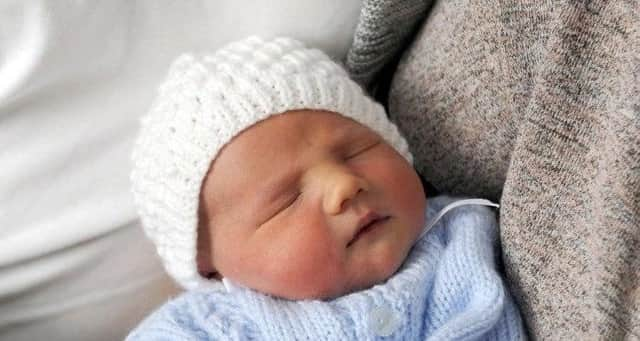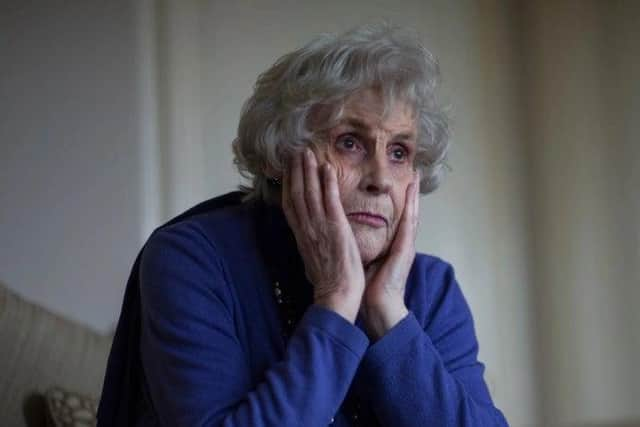Births in Scotland at lowest level since records began


Fewer than 50,000 births were registered, along with an all-time low of marriages at just over 26,000.
Scotland’s population was however at a record high at 5.46 million. Deaths have outnumbered births in Scotland for the last five years, meaning that the recent population increase is due to immigration.
Advertisement
Hide AdAdvertisement
Hide AdPopulation growth is mainly centred on urban areas, with Edinburgh and Midlothian up by 13 percent in the decade to 2019 and Glasgow and East Lothian up by nine percent.


Inverclyde, Argyll and Bute and Na h-Eileanan Siar saw the greatest population decline.
The Scottish population is ageing, with 42,000 fewer people under the age of 20 than there were in 2009, and 174,000 more people over 65.
Life expectancy, which had been improving for several decades, has now stalled over the last five years at around 77 years for men and 81 years for women.
NRS has worked with health organisations to examine why life expectancy has stopped increasing. It pinpointed a slowdown in improvements in deaths from heart disease, an increase in drug-related deaths in those aged 35-54 and in the over 70s dying from dementia.
Life expectancy in Scotland remains the lowest in Western Europe.
It is lowest in Glasgow, at 78.5 for women and 73.6 for men.
Life expectancy is now decreasing in several council areas, including Inverclyde, South Ayrshire and Dundee.
Advertisement
Hide AdAdvertisement
Hide AdAbout one in five people in Scotland live alone, according to projections based on 2018 data, with single-person households making up more than a third of the country’s households.
Older people are more likely to fall into this group, with nearly one in two women and one in four men over 70 living alone.
The number of people living alone has grown dramatically in recent years, with 69 percent more women living alone and more than triple the number of men living alone in 2019 than in 1981.